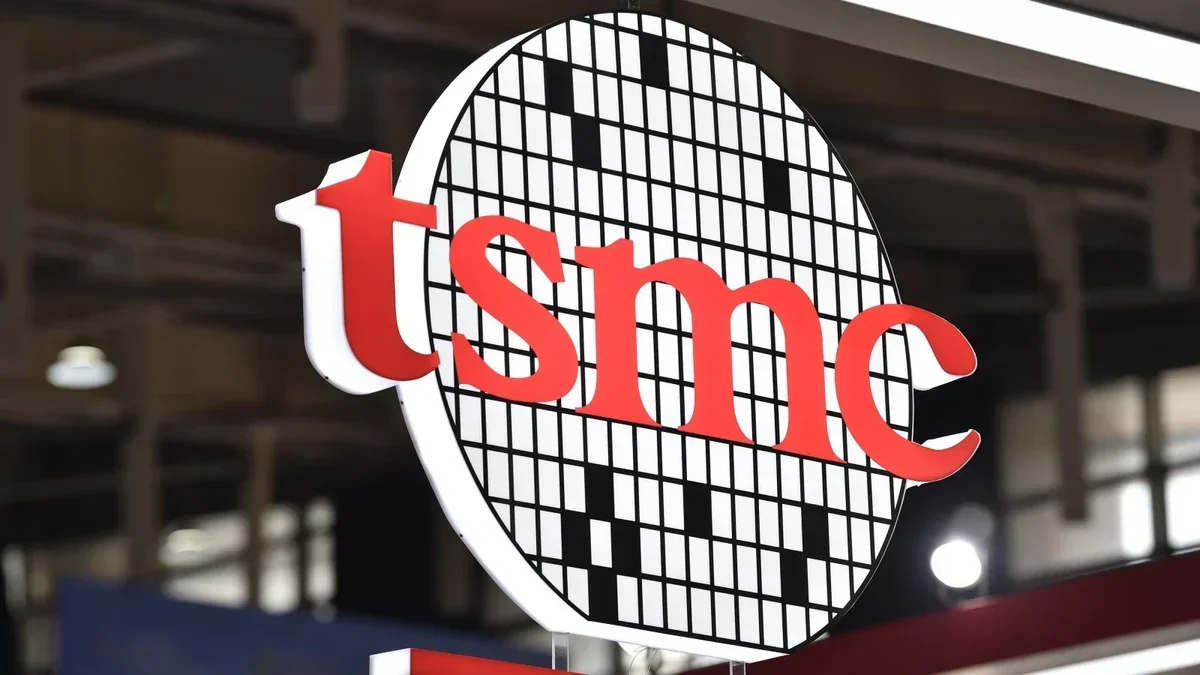The iPhone 17’s cutting-edge 2nm chip could enter trial production next week by TSMC


Are you getting ready for the iPhone 17 line? Yes, that’s more than a year from now (and we’ll have to deal with the iPhone 16 first), but the iPhone 17 sounds particularly interesting because of this 2nm chipset.
Chipsets, or SoC, are incredibly important. This is what drives your phone, in a nutshell.
SoC, or System-on-Chip, combines all or most components of a computer or other electronic system onto a single chip. It includes a central processing unit (CPU), memory interfaces (for RAM, ROM), input/output devices interface, and often other features such as a graphics processing unit (GPU), a communications module (e.g., Wi-Fi, Bluetooth), and more.
You may have stumbled upon the term “a 4nm chip”, or a “a 3nm chip”.
In the context of SoC technology for smartphones and tablets, “nm” (nanometer) refers to the size of components on the chip, such as transistors. One nanometer equals one billionth of a meter – you know that already! This is an incredibly small scale, and every tech component that small should be respected. Smaller nm technology allows for more efficient and powerful chips by packing more transistors into a smaller space.
So, if a chip is manufactured using a 7nm process, it means that the key components (like transistors) on that chip are as small as 7 nanometers in size. As nm technology advances (e.g., from 7nm to 5nm), chips become more powerful and more energy-efficient, contributing to improved performance in mobile phones.
The 2nm chip that’s believed to be found in the iPhone 17 line is to be made by TSMC, as pointed above.
Its testing phase production was expected to be at a later point in time, but now, there are reports that this is bound to happen in the very near future – possibly, in the next week!
A report from Gizmochina (a site with a focus on Chinese smartphones) cites the Korean ETNEWS and it’s (machine translated) article which states:
Taiwanese semiconductor foundry TSMC will begin trial production next week ahead of mass production of the 2 nanometer (nm) process next year.
The trial runs will take place at TSMC’s Baoshan facility in northern Taiwan, where the necessary equipment for 2nm chip production was installed during the second quarter.
Currently, the iPhone 15 Pro features the A17 Pro chipset, which uses TSMC’s 3nm process.
It’s believed that Apple has secured the entire production capacity of TSMC’s 3nm chips for its A17 Pro and M3 chips, and might do the same for the 2nm chips.
Less than a month ago, Samsung also announced that it’s joining the 2nm fiesta.
Samsung’s new 2nm process node, SF2Z, is expected to enter mass production in 2027. It should incorporate a backside power delivery network (BSPDN), which enhances power, performance, and area (PPA) and also reduces voltage drop. PPA are the three variables used in deciding how to optimize semiconductor designs.




